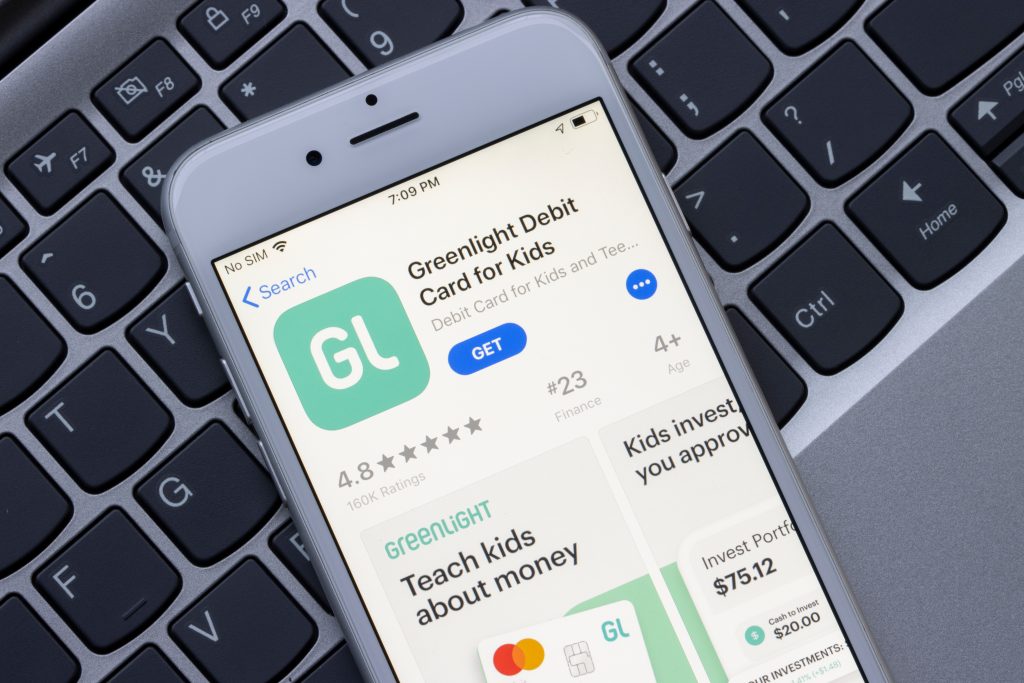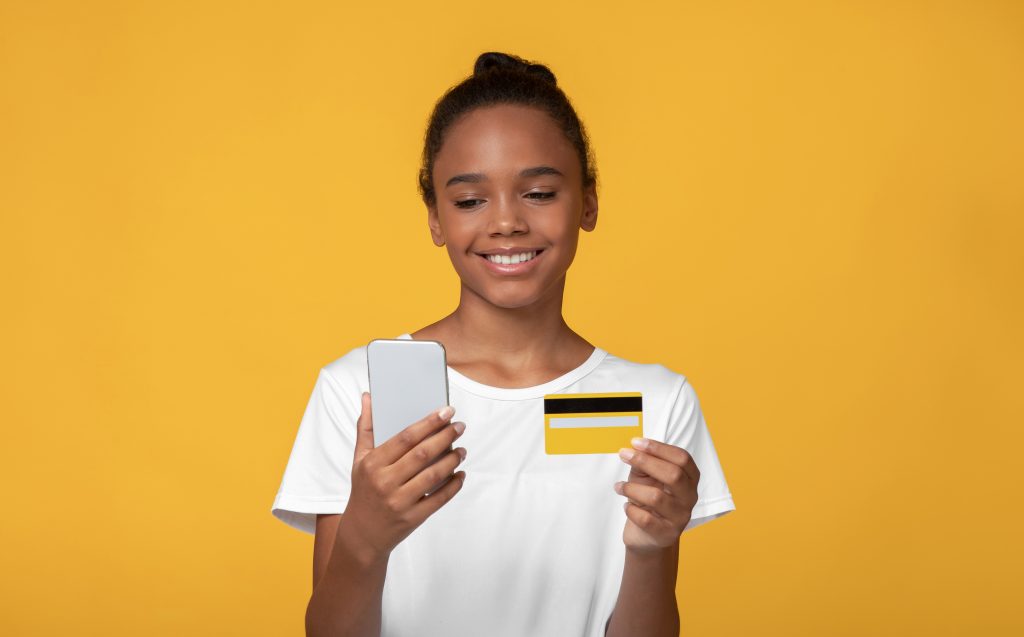When was the last time a child held a dollar bill, counted coins or saved loose change? Increasingly, allowances are moving from wallets to apps. Platforms such as Greenlight, Cash App and Venmo are reshaping how parents teach kids about money. But what do children lose, and gain, when they never touch real cash?
From Cash to Digital
A 2025 study by Wells Fargo found that 71% of U.S. parents with children ages 5-17 give a weekly allowance, averaging $37 per week. While most (73%) still deliver that allowance in cash, many are shifting to digital forms: 24% use peer-to-peer tools like Zelle or Apple Pay; 20% use direct deposit; 14% distribute allowance through a prepaid debit card. According to the report, 70% of parents believe that teaching kids about money today means relying more on digital tools than cash.
Greenlight’s 2024 data shows average weekly allowance in families using its platform is about $19.39, with payments rising by age — around $6-$7 for young kids and more than $20 for older teens. About 80% of U.S. parents give an allowance and nearly two-thirds require kids to earn it by chores or other tasks.
The Risks: Impulse, Misunderstanding and Surprise Costs
A survey by Achieve (via Talker Research) reported that 31% of U.S. parents caught their kids making unapproved digital purchases. On average those purchases cost parents $170, and 19% of parents saw costs exceed $300. Only 12% of parents said their kids never exceed their allowance. Many parents (44%) agree it is harder to teach financial lessons when money is digital rather than in cash.
Additionally, some earlier U.S. research indicates that teens still like cash. In a survey by Junior Achievement USA and Alliance Data, 75% of teens said they had made purchases in cash; 80% of those who get money from parents or caregivers receive it in cash.
Benefits: Oversight and Financial Literacy
Parents see allowance as an opportunity to teach money habits. The Wells Fargo survey found 85% of parents believe giving an allowance helps kids learn about spending. But 65% say it’s hard to step back and let kids make their own mistakes.
Greenlight offers tools to automate allowances, enforce chores and set spending controls, all of which may help children learn decision-making and money management in a structured environment. Because much of modern spending is digital, real-time feedback (seeing balance changes, alerts) can create teaching moments about choices and consequences.

Finding Balance
Experts suggest combining both cash-based and digital lessons. Keeping some cash-only tasks can help children grasp the physical value of money. At the same time, using apps and tools lets oversight and teaching occur around everyday decisions, such as chore fulfillment, setting savings goals and seeing transactions in real time.
Parents can also use parental controls, set limits and openly discuss spending decisions. Letting kids make small mistakes under supervision, like overspending here or there, can lead to stronger understanding long-term (before the consequences are greater).
Conclusion
Digital financial tools like Greenlight, Venmo Teen and Cash App are not just conveniences, they are changing what it means to give an allowance. While they offer oversight, real-time learning and alignment with how money is mostly spent today, the lack of tangible interaction with cash may hide important lessons about value and trade-offs. The most effective allowance in the digital age is one that weaves both cash and digital together so children grow up money-smart, whatever form money takes.
Related Articles:
Help Your Kids Make Sense Of Money!

